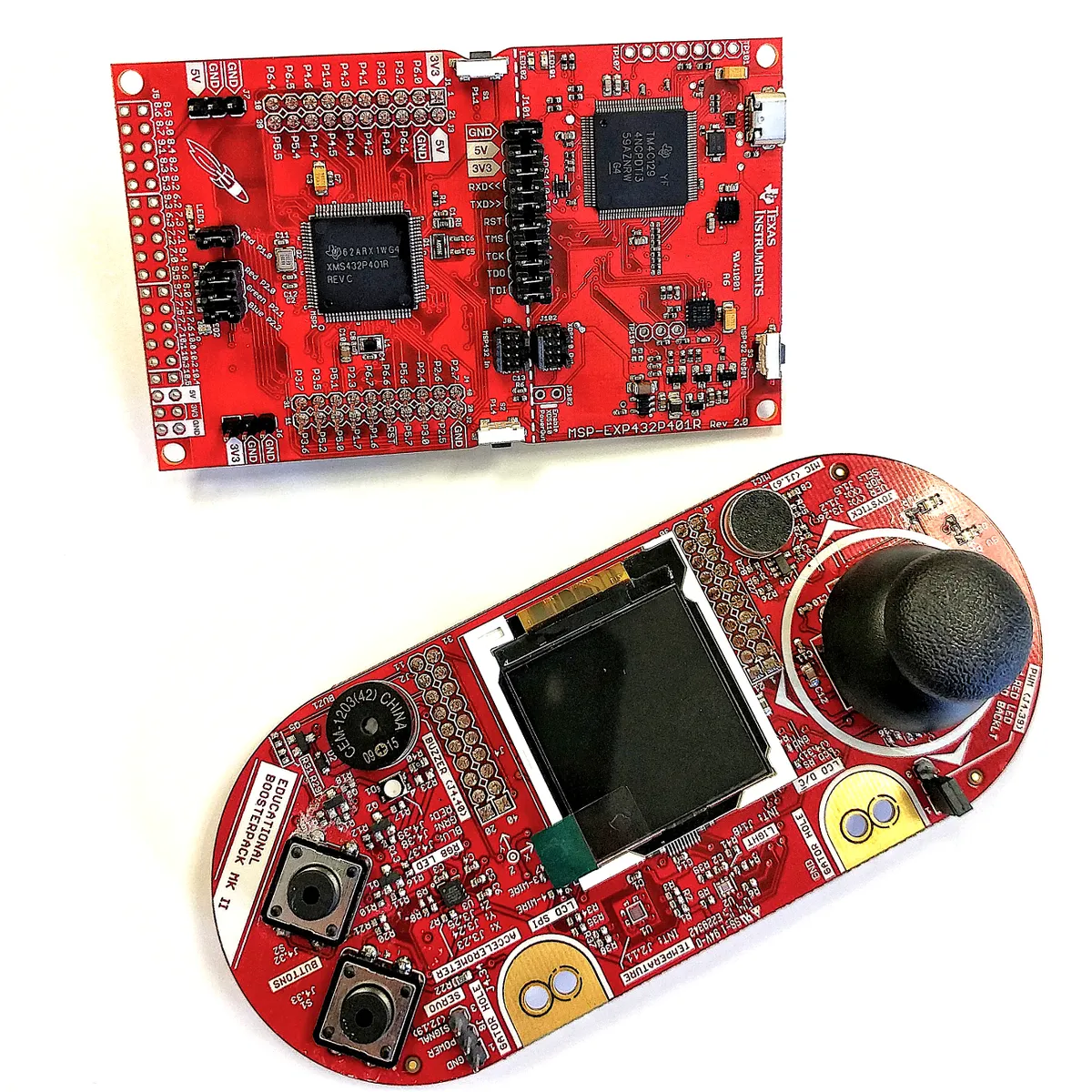
Embedded Software and Hardware Architecture 
Learn how to design and manipulate embedded architectures with the course "Embedded Software and Hardware Architecture." Gain hands-on experience writing low-level firmware to interface hardware efficiently and effectively. Transition from a simulated environment to an Integrated Development Environment, where you will build and install code directly on your ARM Cortex-M4 Microcontroller. Develop a circular buffer data structure and interact with the underlying ARM architecture and MSP432 microcontroller platform. Don't miss out on this opportunity to dive into the world of embedded systems. Get started today with the Texas Instruments LaunchPad and MSP432 microcontroller. ▼
ADVERTISEMENT
Course Feature
![]() Cost:
Cost:
Free
![]() Provider:
Provider:
Coursera
![]() Certificate:
Certificate:
Paid Certification
![]() Language:
Language:
English
![]() Start Date:
Start Date:
17th Jul, 2023
Course Overview
❗The content presented here is sourced directly from Coursera platform. For comprehensive course details, including enrollment information, simply click on the 'Go to class' link on our website.
Updated in [September 15th, 2023]
What does this course tell?
(Please note that the following overview content is from the original platform)
Embedded Software and Hardware Architecture is a first dive into understanding embedded architectures and writing software to manipulate this hardware. You will gain experience writing low-level firmware to directly interface hardware with highly efficient, readable and portable design practices. We will now transition from the Host Linux Machine where we built and ran code in a simulated environment to an Integrated Development Environment where you will build and install code directly on your ARM Cortex-M4 Microcontroller. Course assignments include writing firmware to interact and configure both the underlying ARM architecture and the MSP432 microcontroller platform. The course concludes with a project where you will develop a circular buffer data structure. In this course you will need the Texas Instruments LaunchPad with the MSP432 microcontroller in order to complete the assignments. Later courses of the Specialization will continue to use this hardware tool to develop even more exciting firmware.
We consider the value of this course from multiple aspects, and finally summarize it for you from three aspects: personal skills, career development, and further study:
(Kindly be aware that our content is optimized by AI tools while also undergoing moderation carefully from our editorial staff.)
What skills and knowledge will you acquire during this course?
By taking this course, the student will acquire the skills and knowledge to write low-level firmware to directly interface hardware with highly efficient, readable and portable design practices. They will also learn how to configure and interact with the ARM Cortex-M4 Microcontroller and the MSP432 microcontroller platform. Additionally, the student will gain experience in developing a circular buffer data structure. Finally, the student will become familiar with the Texas Instruments LaunchPad with the MSP432 microcontroller, which will be used in later courses of the Specialization.
How does this course contribute to professional growth?
This course on Embedded Software and Hardware Architecture offers significant contributions to professional growth. By delving into the understanding of embedded architectures and writing software to manipulate hardware, individuals can enhance their skills and knowledge in this specialized field.
Through this course, professionals will gain hands-on experience in writing low-level firmware to directly interface hardware. This practical exposure allows them to develop a deep understanding of how software interacts with hardware, enabling them to design efficient, readable, and portable code. This skill set is highly valuable in industries that heavily rely on embedded systems, such as automotive, aerospace, and consumer electronics.
Moreover, the transition from working on a simulated environment to an Integrated Development Environment (IDE) provides professionals with real-world experience in building and installing code directly on an ARM Cortex-M4 Microcontroller. This shift allows them to grasp the intricacies of working with physical hardware and prepares them for practical implementation in their professional careers.
The course assignments, which involve writing firmware to interact and configure both the underlying ARM architecture and the MSP432 microcontroller platform, further enhance professional growth. By completing these assignments, individuals develop a strong foundation in firmware development and gain proficiency in working with specific hardware platforms.
Additionally, the course concludes with a project that involves developing a circular buffer data structure. This project allows professionals to apply their knowledge and skills acquired throughout the course to solve a real-world problem. By successfully completing this project, individuals demonstrate their ability to design and implement complex firmware solutions, which is a valuable asset in the job market.
Furthermore, this course requires the use of the Texas Instruments LaunchPad with the MSP432 microcontroller. By utilizing this hardware tool throughout the course and in subsequent courses of the specialization, professionals become familiar with a widely used platform in the industry. This familiarity with specific hardware tools enhances their employability and makes them more attractive to potential employers.
Overall, this course on Embedded Software and Hardware Architecture significantly contributes to professional growth by providing practical experience, enhancing technical skills, and preparing individuals for real-world implementation. The knowledge and skills gained from this course are highly sought after in industries that rely on embedded systems, making it a valuable asset for professional development.
Is this course suitable for preparing further education?
Yes, this course is suitable for preparing further education. It provides a comprehensive introduction to embedded software and hardware architecture, teaching students how to write low-level firmware and interact with ARM Cortex-M4 microcontrollers. The course also includes a project where students will develop a circular buffer data structure, giving them the opportunity to apply their knowledge and gain valuable experience.
Course Provider

Provider Coursera's Stats at AZClass
Discussion and Reviews
0.0 (Based on 0 reviews)
Explore Similar Online Courses
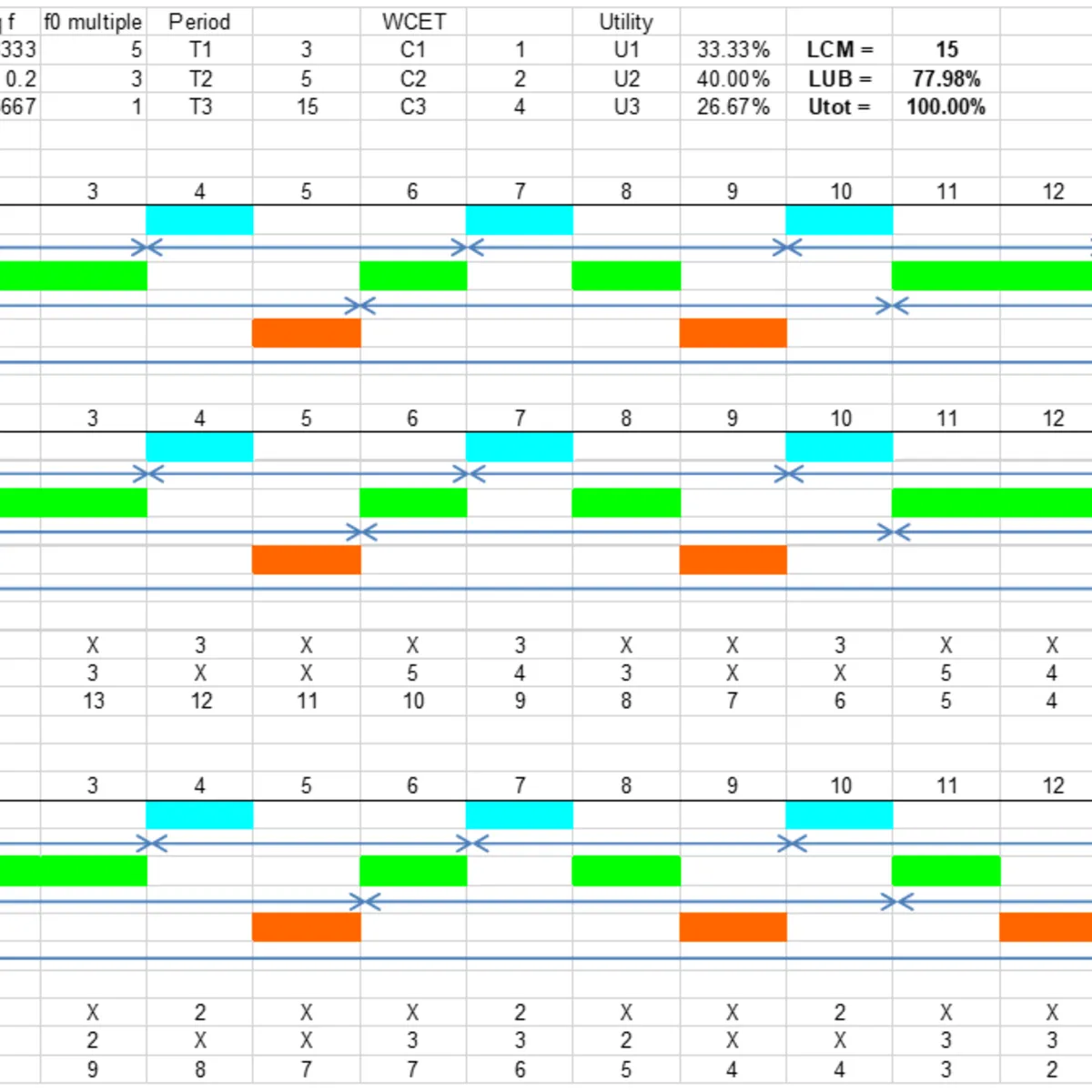
Real-Time Embedded Systems Theory and Analysis
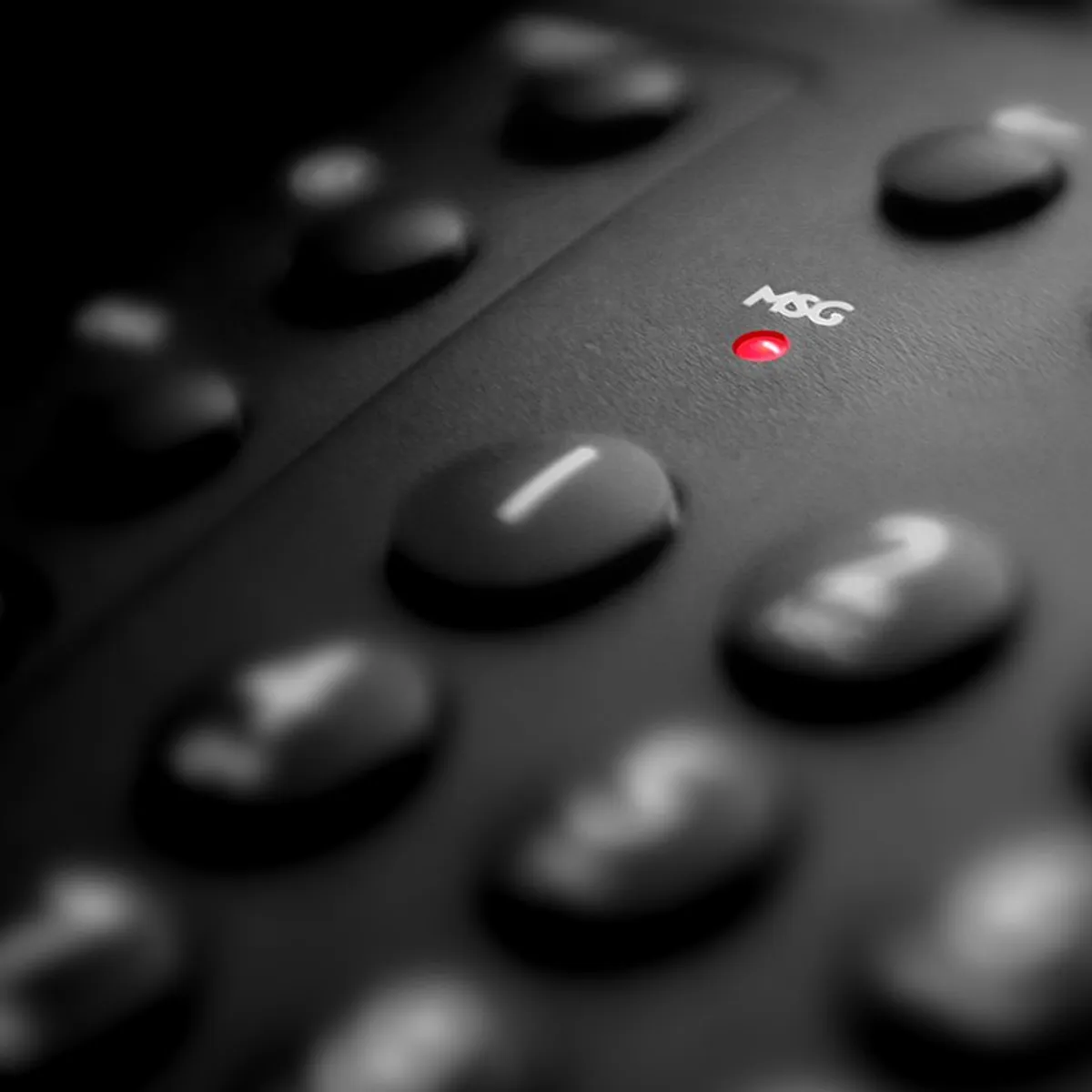
UX and Interface Design for Embedded Systems

Python for Informatics: Exploring Information

Social Network Analysis

Introduction to Systematic Review and Meta-Analysis

The Analytics Edge

DCO042 - Python For Informatics

Causal Diagrams: Draw Your Assumptions Before Your Conclusions

Whole genome sequencing of bacterial genomes - tools and applications
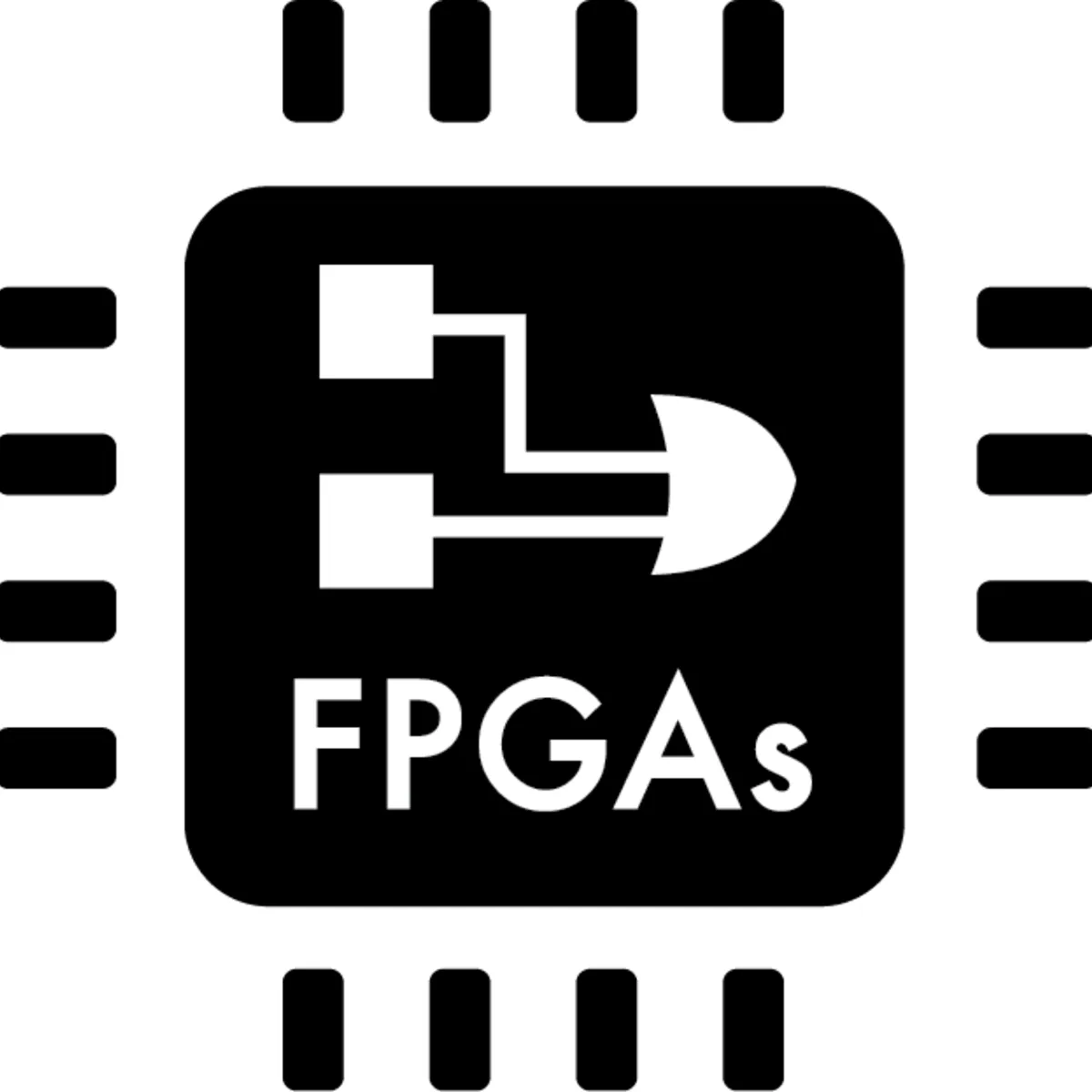
Introduction to FPGA Design for Embedded Systems
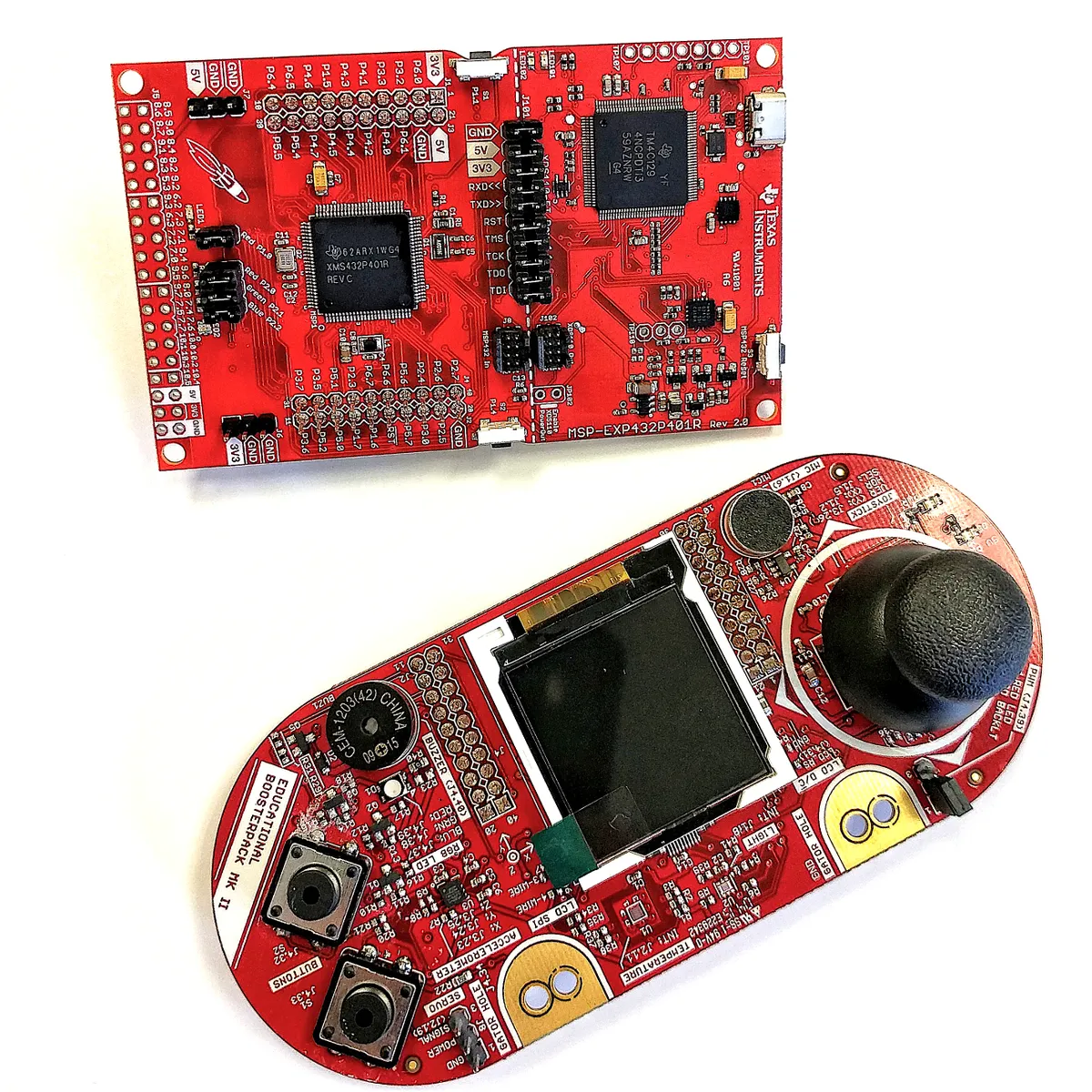
Introduction to Embedded Systems Software and Development Environments
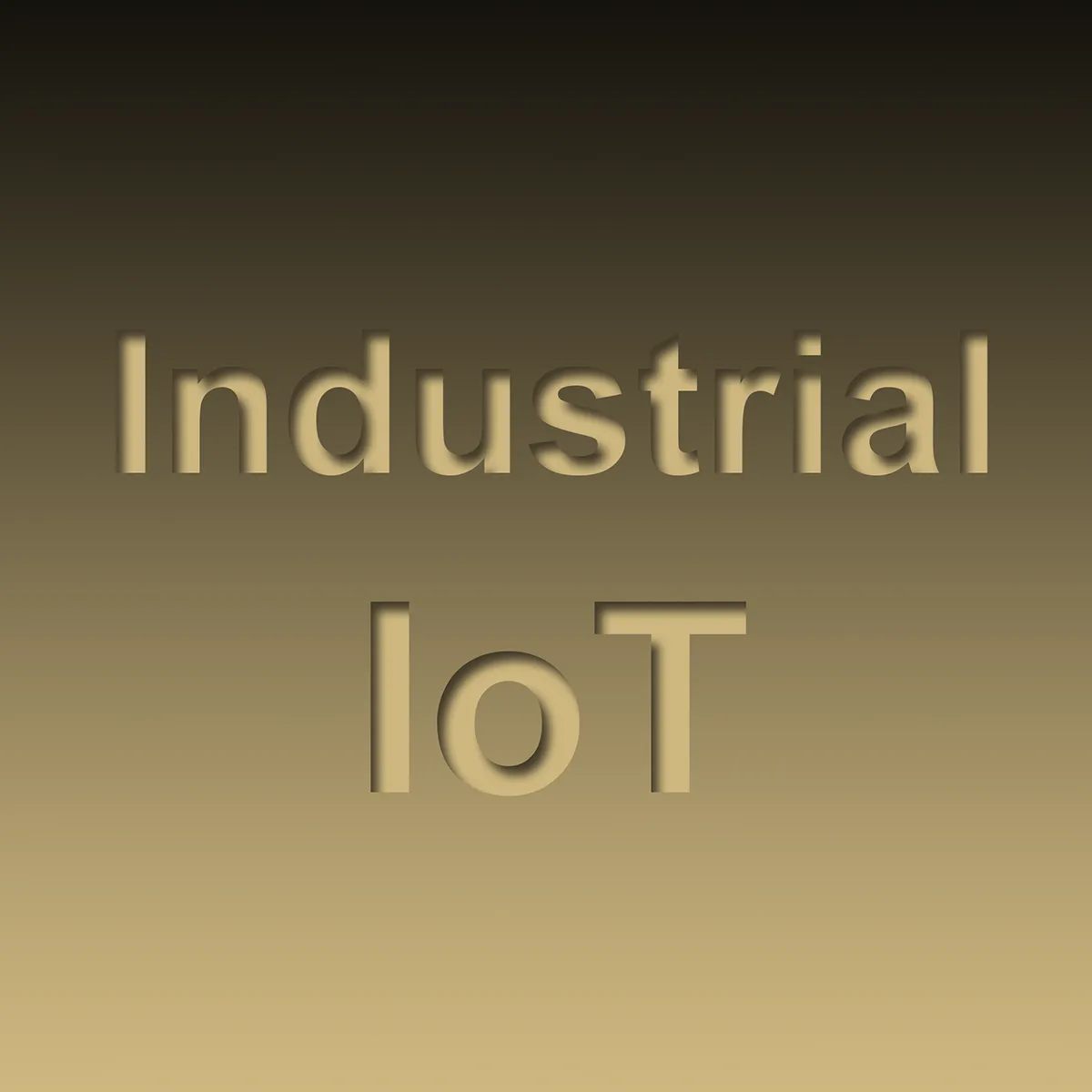

Start your review of Embedded Software and Hardware Architecture